Towards the end of the nineteenth and early twentieth an exodus to the colonies of part of the population inhabiting the Imperialist Metropolis was performed, allowing a wonderful mix of cultures that resulted in, among other things, the colonial style .
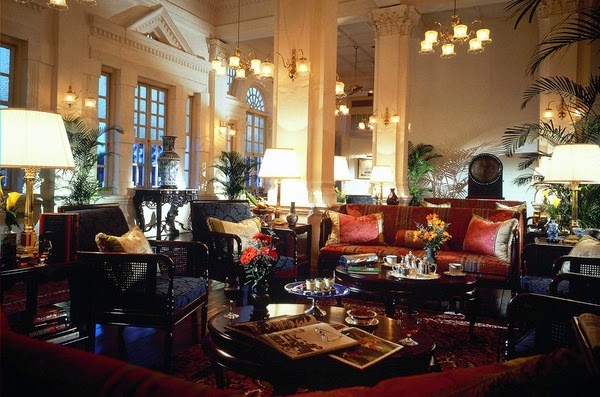
The word that can best define this style, will undoubtedly craft . Every corner stands alone, always with that warm, homey touch to offer everything that is done in a traditional way.
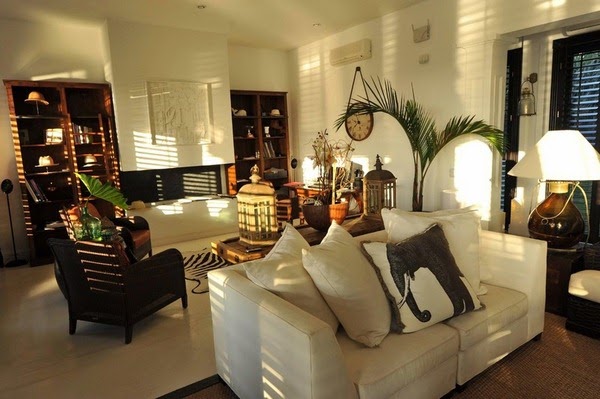
If there is a predominant material in the colonial style, is the wood . We’ll find both in furniture , new or refurbished, beams, which can be integrated into the original construction of the house or under the roofs overlapping, though, should shine so they can provide a sense of warmth throughout the room.
In the furniture will prevail significant but robust and simple straight lines, no frills but that reload these elements too.
Other materials having a great reception in this style are the forges and steel , especially showing off the details, ornaments and finials both chairs , as tables or lamps . You can use bright finish for a touch more daring décor, or if you intend to use mates spend more unnoticed.
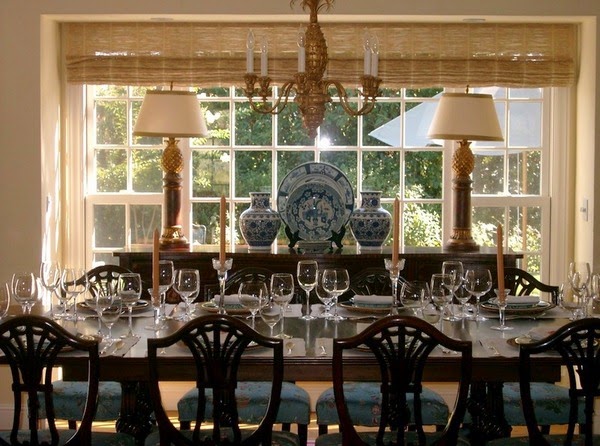
As for textiles , use of natural materials, such as linen or cotton materials. Elements such as the sofa or curtains will use primary benefit of these tissues, lightness.
Ornaments are indispensable in textiles and lace fringes, that we provide that old touch that combines extremely well with natural materials like wood.
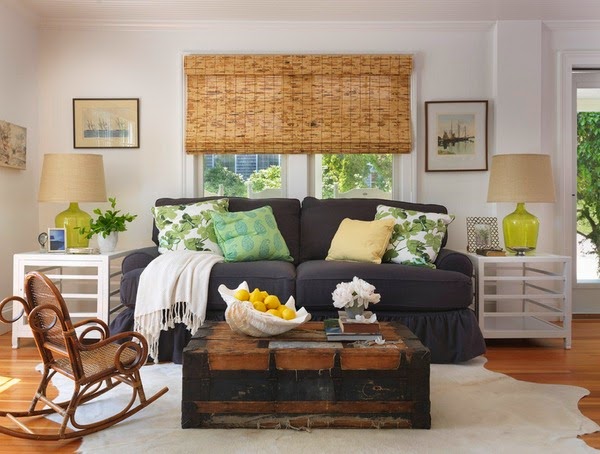
For the colonial style used colors of the earth, beige, ocher, brown, green bottle … but combining them with white moldings and columns offer space and a distinctive touch.
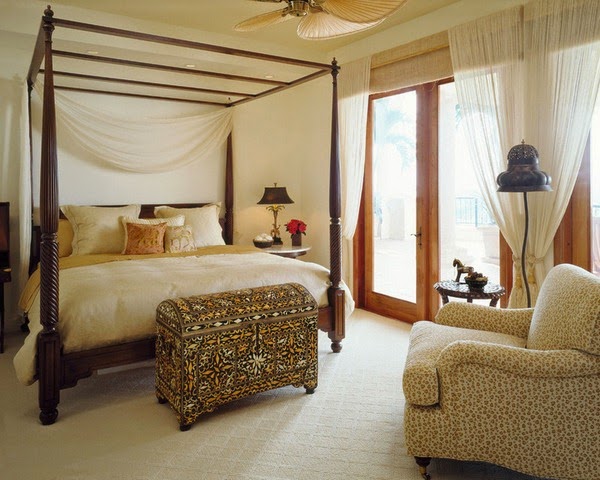
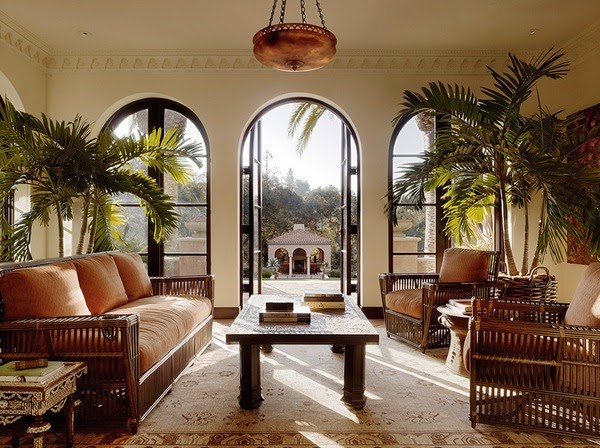
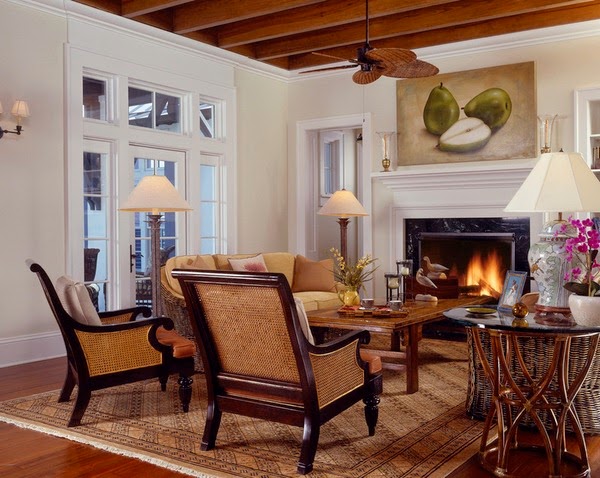
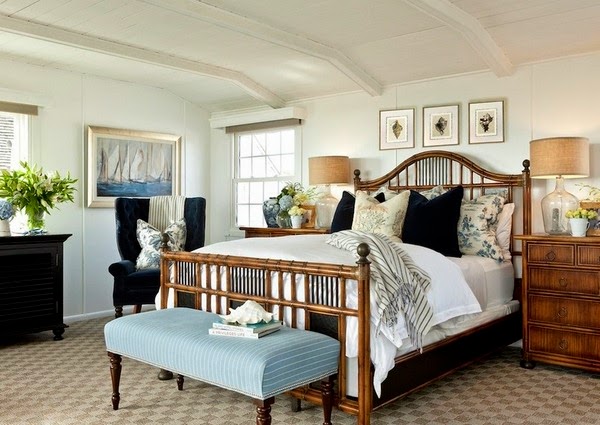
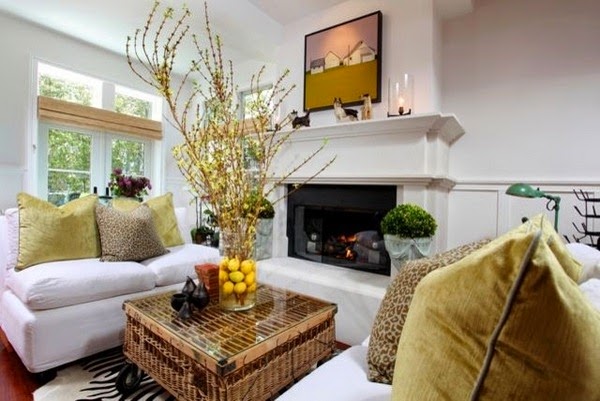
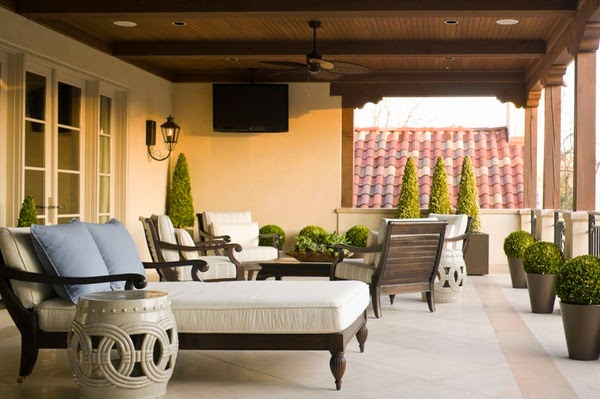
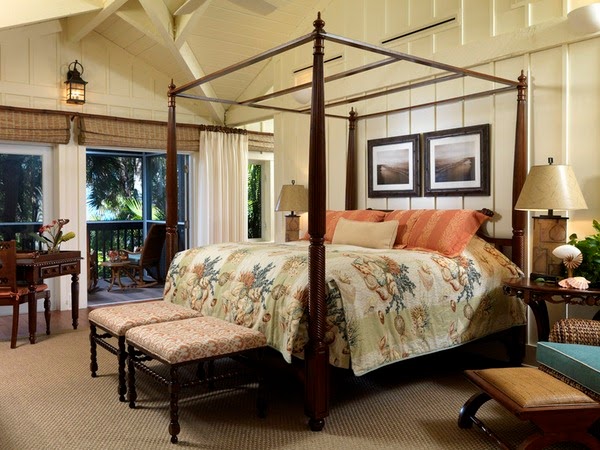
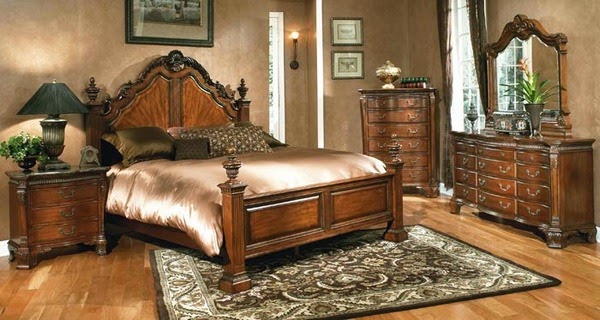
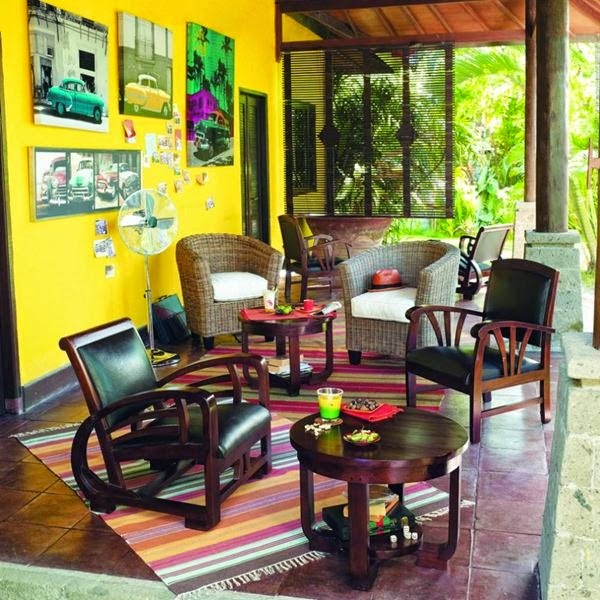
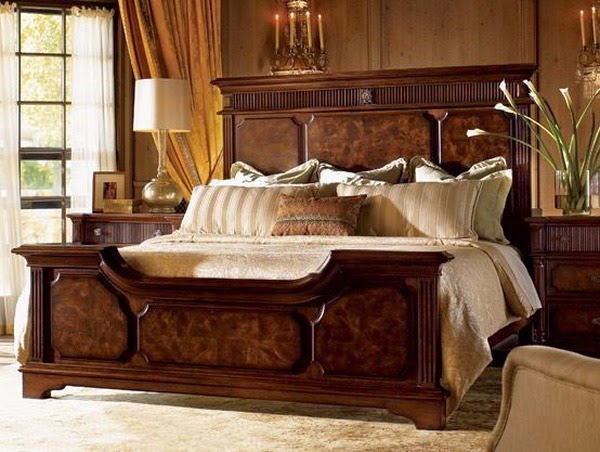
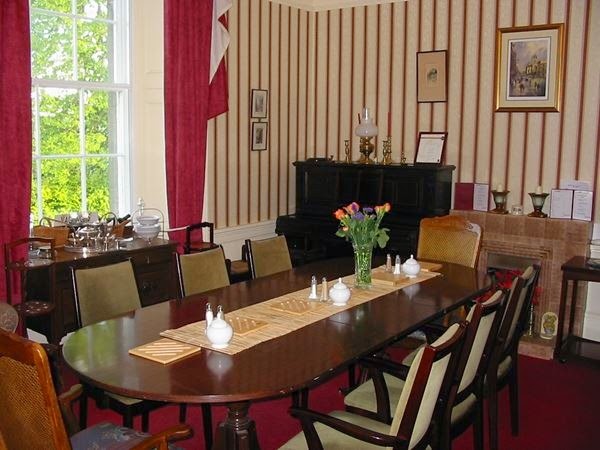
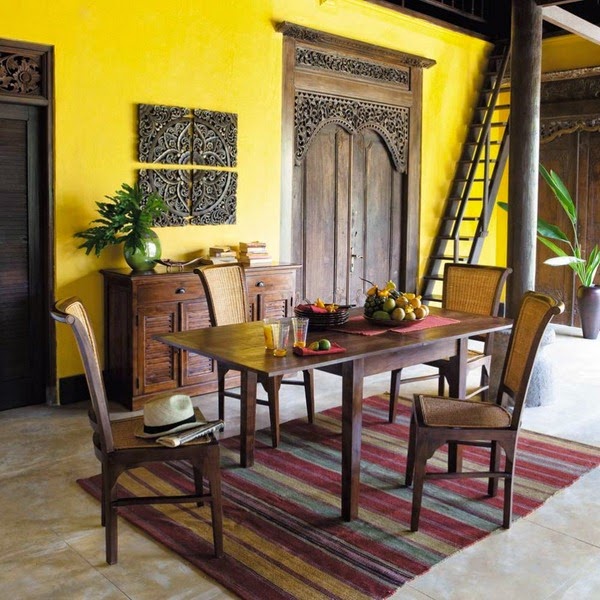
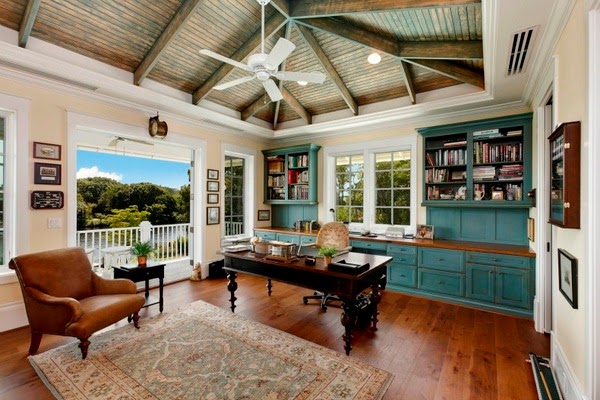
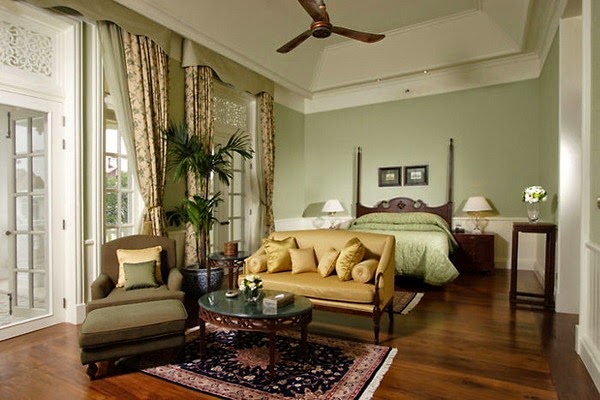
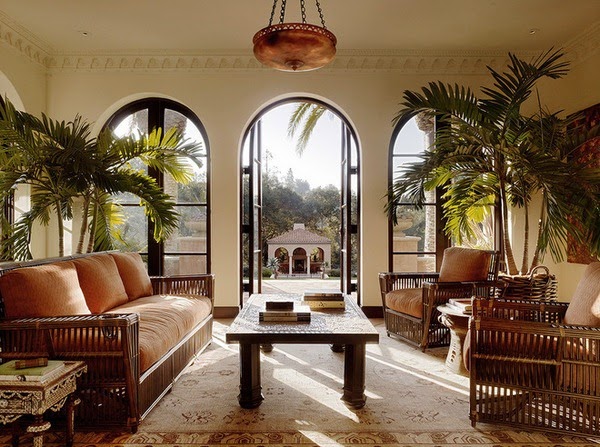
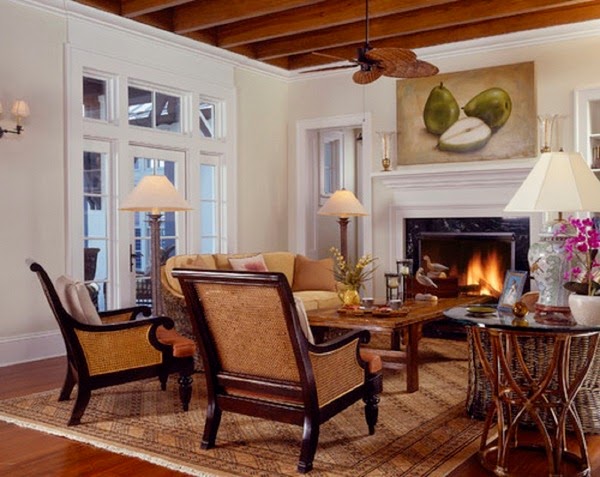
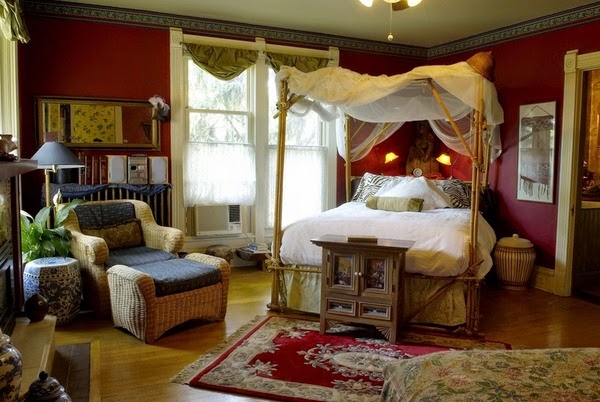
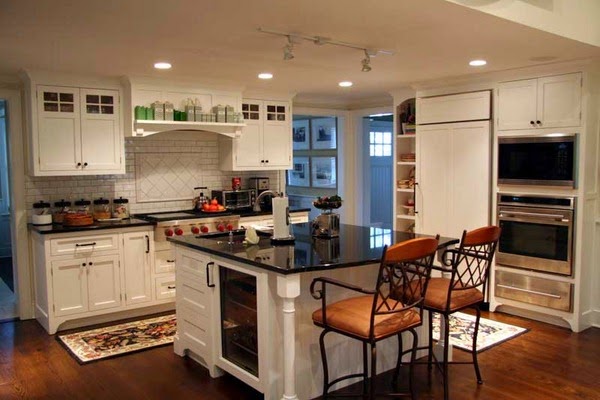
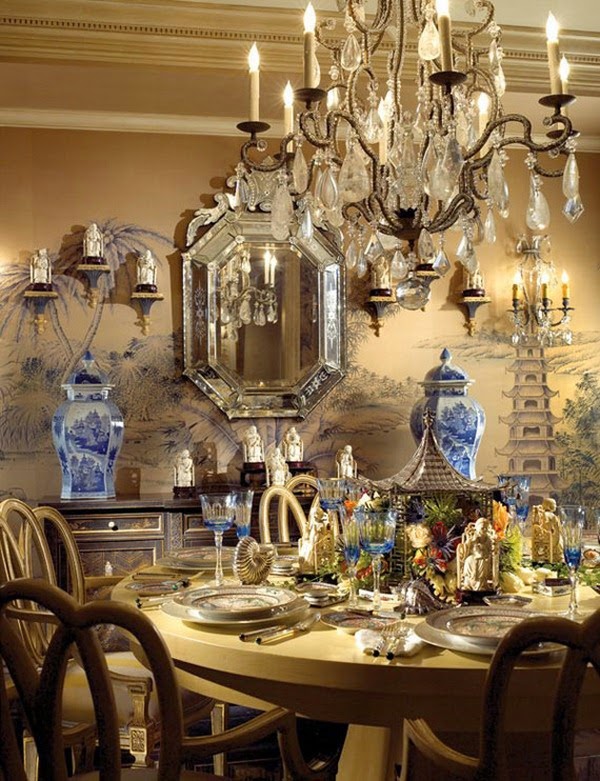
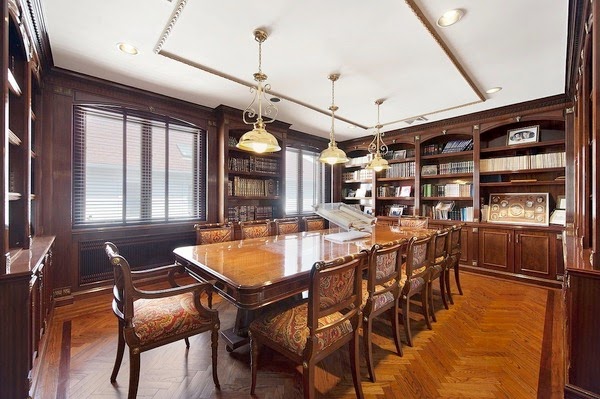
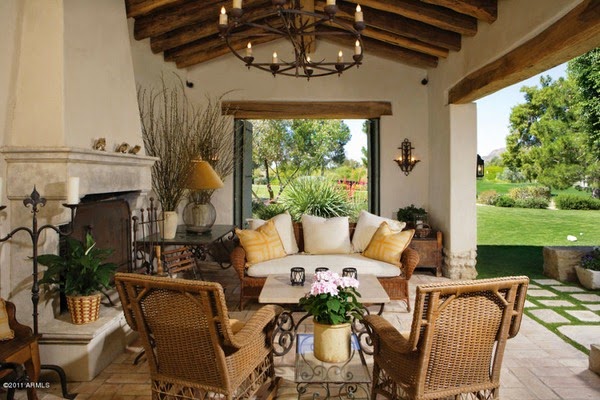
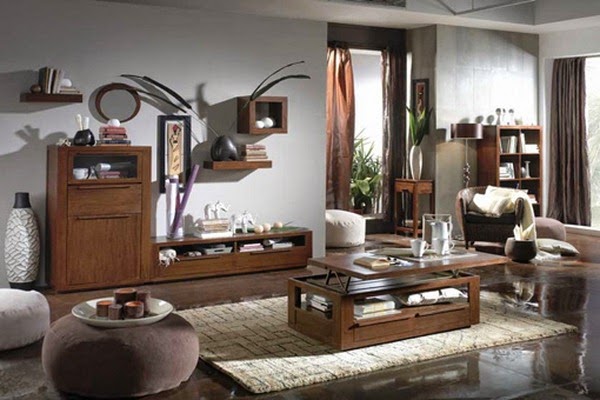
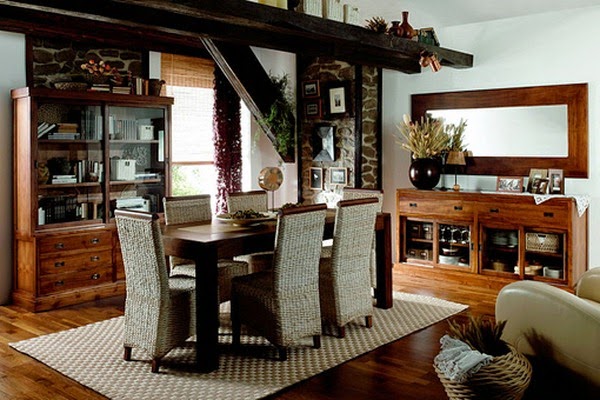
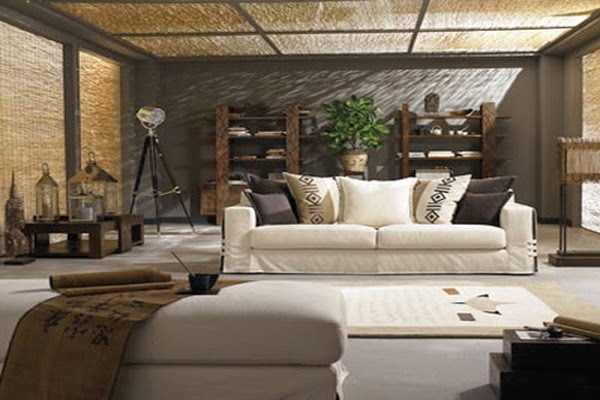
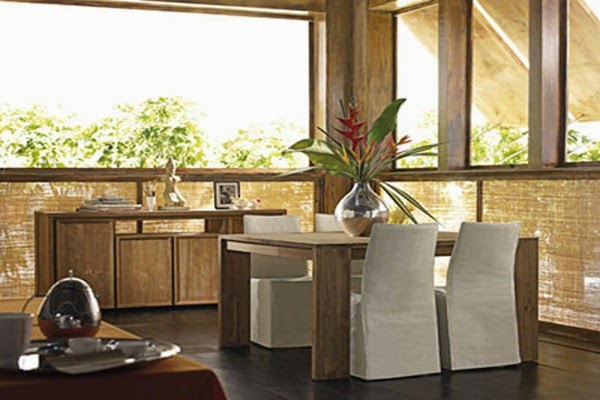
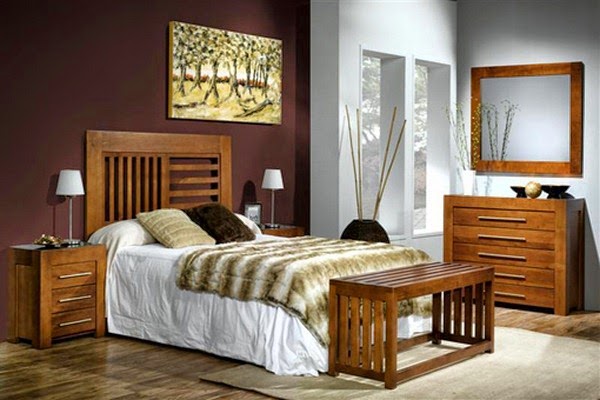

0 comments:
Post a Comment